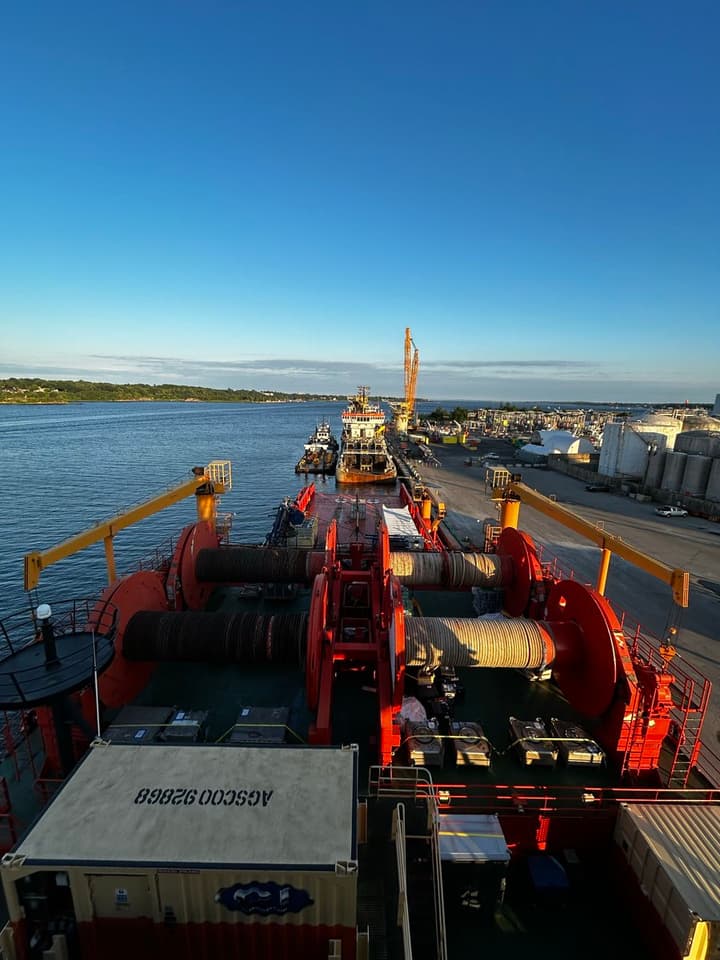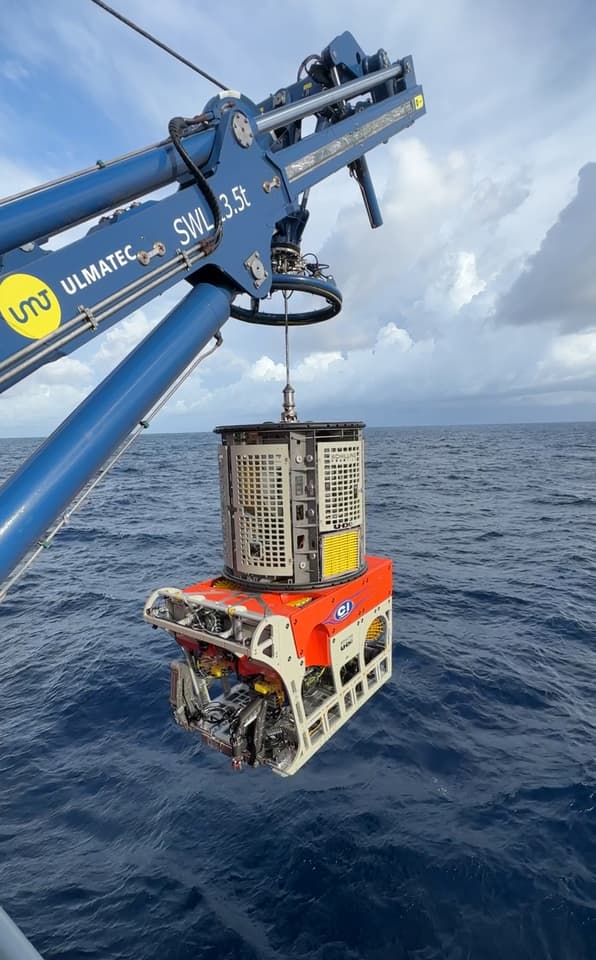The first expedition to the Titanic since last year’s Titan submersible disaster that killed five people is on its way. The goal is to make the most detailed imaging survey yet of the historic wreck to ascertain how the sea environment is affecting it.
When the transatlantic liner RMS Titanic struck an iceberg on April 14, 1912, it also embedded itself in history and the popular imagination. The sinking of the Titanic was an astonishing collection of dramatic elements, any one of which would have made it a sensation. Together, they made it an epic.
Look at what was involved. The Titanic was a technological marvel. The world’s largest passenger ship, it was a floating palace filled with all manner of modern technological marvels. It was on its maiden voyage from Southampton to New York with some of the world’s richest, most famous, and most powerful people aboard.
It was also infamously billed as “unsinkable.”
RMS Titanic
When the iceberg buckled the ship’s bow plates, allowing the freezing Atlantic waters to rush in, it soon became apparent that the damage was too great for the safety measures to handle and the vessel was soon sinking fatally at the bows. The hours that followed as the passengers tried to evacuate the ship in the face of too few lifeboats while the crew fought against the constant threat of panic sparked an incredible array of stories of heroism, cowardice, sacrifice, comedy, and the indomitable nature of the human spirit in the face of one of the world’s worst peacetime maritime disasters.
Since then, the sinking of the Titanic has inspired innumerable films, documentaries, plays, histories, and even cook books. Now, 112 years later, interest is so high that the Titanic is about the only shipwreck that many people can name off the top of their head.

RMS Titanic, Inc
After the wreck of the Titanic was discovered by Robert Ballard and Jen-Louis Michel in 1985, it became the focus of explorers, adventurers, entrepreneurs, and litigation. Today, the legal “salvor in possession” is the company RMS Titanic, Inc, which is allowed to retrieve items from the wreck area under certain restrictions. The company doesn’t sell these artifacts. Instead, it retains possession of them and puts them on public display on the grounds that a private for-profit company is better able to preserve and make accessible such finds than a state or non-profit museum strapped for funds, staff, exhibit space, and facilities.
On July 13, 2024, RMS Titanic’s Expedition 2024 set to sea aboard the Dino Chouest, a 348-foot (106-m) deepwater anchor handling tug supply vessel homeported in Galliano, Louisiana. It’s the ninth expedition by the company, the first since 2010, and the first to visit the wreck since OceanGate’s submersible Titan imploded while attempting to visit the site, killing everyone aboard.
Unlike previous expeditions, this one will not use a passenger-carrying submersible, but two robotic Remote Controlled Vehicles (ROV).

Built by Schilling Robotic, one of these is the Ultra Heavy Duty X-Treme ROV, a Gen III underwater vehicle rated to 13,000 ft (4,000 m). It can handle a payload of 992 lb (450 kg) and has a 250-bhp electric motor for propulsion. In addition, it’s equipped with a high-resolution real-time video system.
A second ROV will use a laser system to precisely map the layout of the wreck.
The goal of Expedition 2024 is to make the most comprehensive digital image scan of the wreck since 2010. By comparing this to earlier surveys, it will be possible to see how the vessel’s remains are deteriorating, which artifacts are at risk and require recovery for conservation, with special emphasis on the wireless room where the famous SOS was transmitted, and to seek out new artifacts and marine life.
Another first is the inclusion of a magnetometer on the survey that will detect all metals in the wreck and any buried under the bottom silt.
The company says that no artifacts will be collected during this visit, which is scheduled to take place this month.
Source: RMS Titanic, Inc
Source of Article